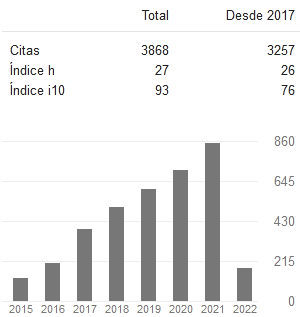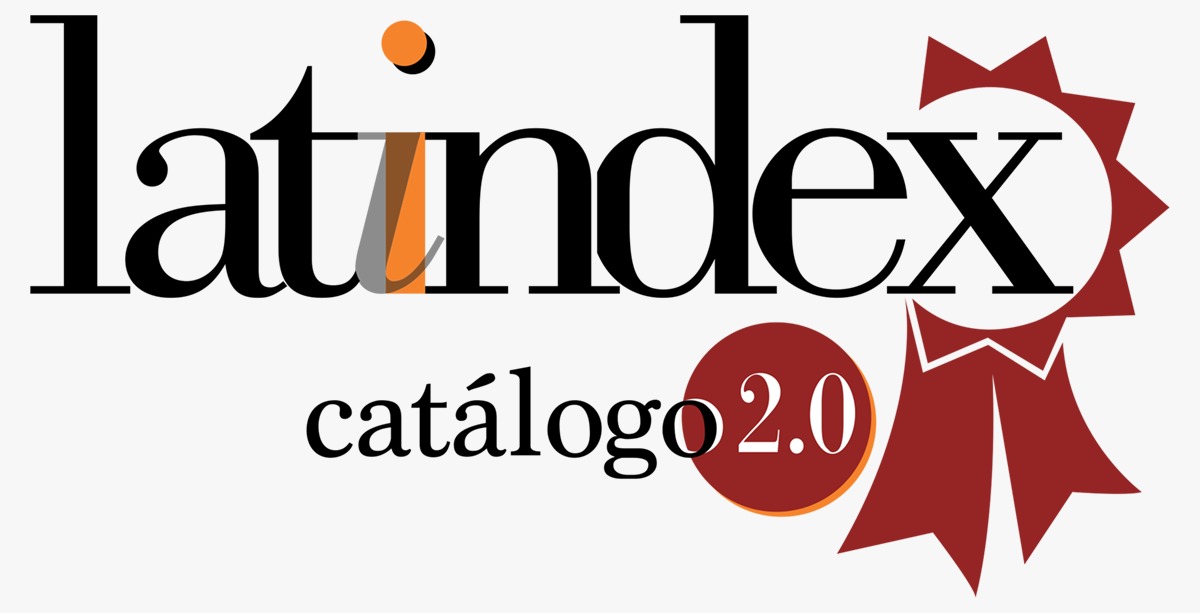BLENDED LEARNING AS A TEACHING STRATEGY ENGLISH LANGUAGE LEARNING IN BASIC EDUCATION STUDENTS
Keywords:
hybrid learning; teaching - learning process; strategy; techniques; platforms.Abstract
The present research was carried out due to the advantages offered by b-learning or hybrid learning, are palpable and the progress that can be achieved in the educational experience of the student are favorable. The use of techniques allowed defining the role that allows the student and teacher to have technological resources (TIC’s) and unlimited interactive online programs that help develop and strengthen the skills needed to communicate with other individuals such as: listening, speaking, reading and writing. As a relevant result it was obtained that 67% of the teachers indicated that they frequently use edmodo and 33% use another platform. With this information it can be interpreted that all teachers are familiar with the use of interactive platforms even though they do not use the same in the teaching-learning process. What is contradictory is that 34% of teachers use ICT mainly for information, 33% for entertainment and 33% for work. It is demonstrated in the cross - analysis that the implementation of blended learning is fundamental and feasible for the improvement of the teaching - learning process in basic level students. Designing a methodological strategy for the implementation of the blearning in the teaching-learning process of the students' educational units of the sector will allow enhancing the learning of the English language.
Downloads
References
Aguado, D. y Arranz, V. (2005): “Desarrollo de competencias mediante blended learning: un análisis descriptivo”
Aiello, M. y Williem, C. (2004). “El blended learning como práctica transformadora” Disponible en: http://www.sav.us.es/pixelbit/articulos/n23/n23art/art2302.htm
Andrade, A. (2007) “Aprendizaje combinado como propuesta en la convergencia”
Ávila, P. y Bosco, M. (2001). “Ambientes virtuales de aprendizaje - una nueva experiencia” Disponible en: http://investigacion.ilce.edu.mx/panel_control/doc/c37ambientes.pdf
Bartolomé, A. y Sandals, L. (1998). Save the University. About Technology and Higher Education.
Bartolomé, R. (2004). Blended learning. Conceptos básicos. En Pixel-Bit. Revista de Medios y Educación
Benavides, J. (1998) “El Computador en el Desarrollo de la Lectura en Inglés”
Bielawski, L., Metcalfe D. (2002). “Blended e-learning: Integrating Knowledge, Performance Support and Online learning, Human Resource Development”
Brennan, M. (2004). Blended learning and Business Change. Chief Learning Officer Magazine.
Brito, V. (2008). “El Foro Electronico: Una Herramienta Tecnologica Para Facilitar El Aprendizaje Colaborativo” Disponible en http://www.uib.es/depart/gte/edutece/revelec17/brito
Brodsky, M. (2003). Four Blended learning Blunders and How to Avoid Them. Learning Circuits.
Cabero, J y Llorente, C. (2007). “La interacción en el aprendizaje en red: uso de herramientas, elementos de análisis y posibilidades educativas”
Cabero, J y Llorente, C. (2008). “Del eLearning al Blended learning: nuevas acciones educativas”. Quaderns Digitals, vol. 51.
Cebrián, M. (2011) “Procesos educativos con TIC en la sociedad del conocimiento”
Council of Europe (2011). Common European Framework of Reference for Languages: Learning, Teaching, Assessment. Council of Europe.
Doughty, C. y Long, M. (2003). Optimal psycholinguistic environments for Distance Foreign Language Learning. Disponible en: http://llt.msu.edu/vol7num3/doughty/default.html
García, L. (2002). La educación a Distancia. De la teoría a la práctica. Disponible en: http://terras.edu.ar/aula/cursos/3/biblio/GARCIA_ARETIO_Lorenz o-CAP_1-Bases_conceptuales.pdf
Heinze, A. y Proter, C. (2004). “Reflections of the use of blended learning”.
Murphy, P. (2003). The hybrid strategy: Blending face-to-face with virtual instruction to improve large section courses. University of California Regents. Teaching, Learning, and Technology Center.
National Curriculum Guidelines – english as a foreign Language. Disponible en: http://educacion.gob.ec/wpcontent/uploads/downloads/2014/09/01
National-CurriculumGuidelines-EFL-Agosto-2014.pdf - Piaget J. (1967) “Teoría psicogenética de Jean Piaget”
Zanón, J. (2007). Psicolingüística y didáctica de las lenguas: Una aproximación histórica y conceptual. Disponible en: http://marcoele.com/descargas/5/zanon-psicolinguistica.pdf
Downloads
Published
How to Cite
Conference Proceedings Volume
Section
License
Copyright (c) 2020 Javier Antonio Zambrano Mero, German Wenceslao Carrera Moreno, María Soledad Williams Zambrano, Gina Silvana Venegas Álvarez, Gabriel José Bazurto Alcívar

This work is licensed under a Creative Commons Attribution 4.0 International License.
Usted es libre de:
- Compartir — copiar y redistribuir el material en cualquier medio o formato
- Adaptar — remezclar, transformar y construir a partir del material para cualquier propósito, incluso comercialmente.
Bajo los siguientes términos:
- Atribución — Usted debe dar crédito de manera adecuada, brindar un enlace a la licencia, e indicar si se han realizado cambios. Puede hacerlo en cualquier forma razonable, pero no de forma tal que sugiera que usted o su uso tienen el apoyo de la licenciante.
- No hay restricciones adicionales — No puede aplicar términos legales ni medidas tecnológicas que restrinjan legalmente a otras a hacer cualquier uso permitido por la licencia.













































